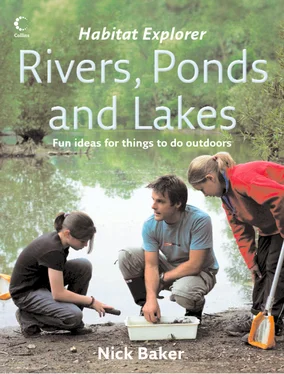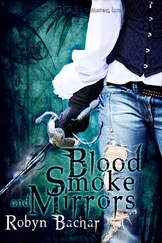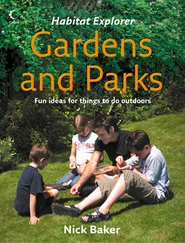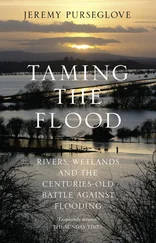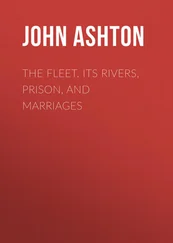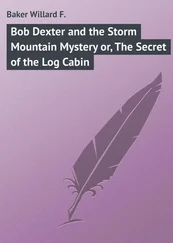Habitat Explorer
Rivers, Ponds and Lakes
Nick Baker

Dedication Dedication Freshwater habitats Puddles Ponds and lakes Rivers and streams Boggy, soggy bits Going further Index Author’s acknowledgements Copyright About the Publisher
I dedicate this book to my friend Sue Daniells, an adult who should know better!
For many fascinating hours pouring through the sludge in the bottom of countless pond nets.
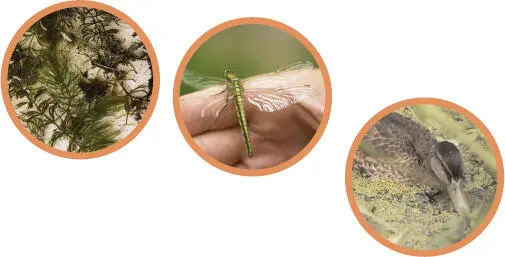
Contents
Cover
Title Page Habitat Explorer Rivers, Ponds and Lakes Nick Baker
Dedication Dedication Dedication Freshwater habitats Puddles Ponds and lakes Rivers and streams Boggy, soggy bits Going further Index Author’s acknowledgements Copyright About the Publisher I dedicate this book to my friend Sue Daniells, an adult who should know better! For many fascinating hours pouring through the sludge in the bottom of countless pond nets.
Freshwater habitats
Puddles
Ponds and lakes
Rivers and streams
Boggy, soggy bits
Going further
Index
Author’s acknowledgements
Copyright
About the Publisher
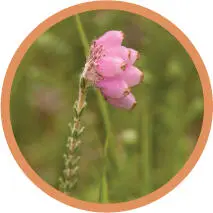
Freshwater habitats
Life needs water and so wherever water accumulates on the planet’s surface, life tends to concentrate; whether it’s something as temporary as a puddle or as vast as the ocean. In this book I concentrate the naturalists’ explorations on those readily available pools of freshwater – puddles, ponds, rivers and bogs – focusing on ways to explore the moist worlds and the creatures they contain.

There is no supply of new water on our planet:the water we use has been used and re-used for millions of years. When water is heated it evaporates (like steam from a boiling kettle) and rises until it cools and turns into clouds. These clouds burst when they get too heavy, releasing their vapour as rain falling to the ground. This flows into rivers, lakes and seas, from where the whole cycle starts again.
From puddles to lakes, ditches to rivers,bogs to mires and water butt to fish tank, each contains a whole world of the weird and wonderful, unusual and fascinating. Whether you choose to dive into all the activities I have pulled together from years of being an avid pond dipper or whether you are just looking for a cool way to spend an afternoon, hopefully a page or two will catch your imagination and you will never look at a frog or a water beetle in the same way again!
Different kinds of freshwater attract different kinds of life,which have tuned their lifestyles and body shapes to the challenges that each habitat contains. Life in a pond may look similar to life in a stream – and there may well be overlap for some animals and plants – but look closer and more often than not, the animals and plants differ quite a lot from one another.
The differences are reflected within the pages of this bookand broken down into corresponding chapters that deal with each. Many of the activities, however, are not necessarily exclusive to each habitat, so go out with this thought in your mind: ‘Eyes peeled, mind open and net and jam jar ready’ – and enjoy getting wet and muddy.
A boggy bit of land, swamp and marsh may not have much water that is obvious, but the puddles that do exist are often home to some very rare and specialized creatures that can handle the slightly more acidic conditions.
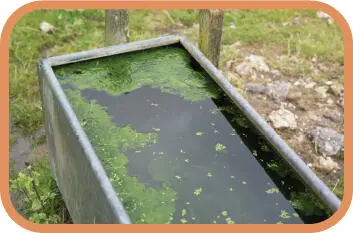
It doesn’t have to be a natural water body to be of interest to wildlife; a simple water butt or a cattle trough will appeal just as much.
This slow-moving mill pond has a rich growth of water weeds and is home to a mixed bunch of animals, some of which are found in both flowing and still water.
A bag of holes!
Naturalists and nets go together like sharks and teeth!They are simply very useful extensions to the human body and allow us to touch places that would otherwise be hard to reach. Nets become the means by which we enter another world. Because of this, there is a responsibility and a code of conduct that should be followed to avoid unnecessary suffering and discomfort to your subjects.
Whatever net you are using,at some point you will have to lift it clear of the water. As soon as the water has drained through the holes, any living things in the net are going to start feeling uncomfortable. So handle and sort the contents as soon as possible. Some creatures, such as adult water insects, are OK for quite some time but other creatures, such as fish and tadpoles, need water to breathe and will also dry out and dehydrate very quickly.
You must make sure EVERY living creatureis happy and reasonably content submerged in water – in tubs, buckets, pots and trays – before you start observing any of them.
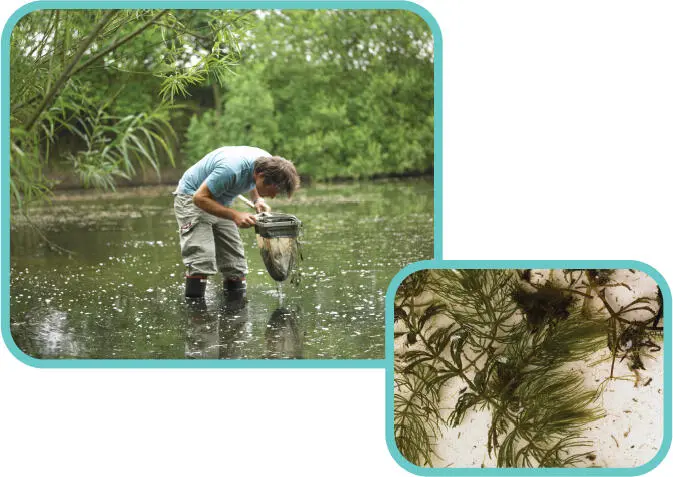
Nets are invaluable to the water naturalist, but you need to use them in conjunction with a tray or tub. This is so you can sort through what, at first hand, often appears to be nothing but a mass of sludge.
Once you have got a net full of good stuff,it can seem a little daunting peering into the mud, muck and weed and this is where a white tray comes in handy. As soon as you have removed your net from the water, support the bag with one hand and carefully turn it inside out into your white tray already filled with water.
It may still look like a bit of a mess,but spread everything out and let it settle down and from the murk you will start noticing movements as a dragonfly larva stumbles out of the silt or a worm starts wiggling! Now you can start redistributing various creatures into other pots for observation.
Remember to separate predators from preyas in close confines creatures cannot necessarily escape and you end up with a gladiator-style showdown. Not pleasant.
Do not leave specimens in the sunas water temperatures will rise very quickly. As this happens, not only will your creatures – which are totally your responsibility – start to cook, but long before that the water will lose its oxygen and creatures that use gills to breathe will start to suffocate.
Take my advice
* Pond dipping is more than sticking your net in the water and stirring everything up! In fact, doing this is one of the most common mistakes you can make. When approaching any water, keep quiet and move slowly and you can be rewarded with a shy fish basking in the shallows, a frog resting at the surface, a heron fishing or even a nervous water vole.
Читать дальше
